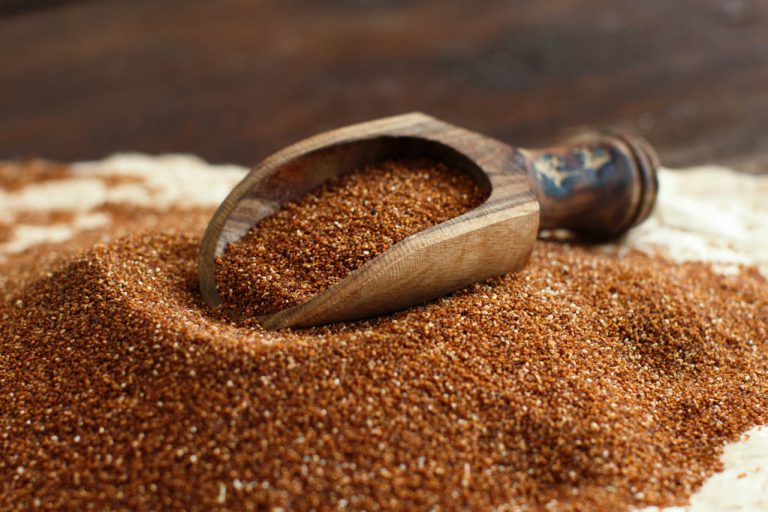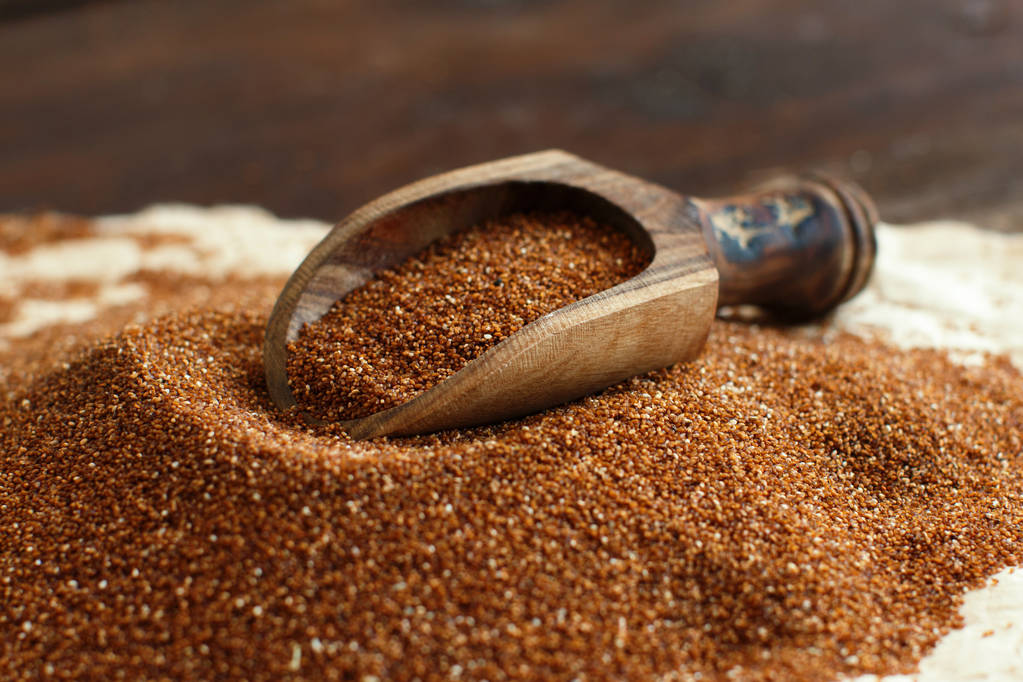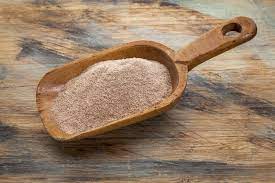When a baby is born, young couples who become parents for the first time are faced with a great challenge. When the baby demands affection and care, it is important to interpret his signals correctly. In the first months of life, it is difficult to tell if the baby is hungry, cold, or tired. Adults communicate primarily verbally; with babies it is different. They express themselves through body language, facial expressions, and gestures.
Parents can facilitate communication with their baby through dwarf language and use baby sign language. Simple hand signals based on sign language enable interaction between parent and child. This baby sign language works without specialist knowledge and is very easy to learn. Everyone can do this because unconsciously and intuitively everyone uses hand signals to underpin verbal communication.
This makes communication easier

Baby sign language is a simplified form of sign language and originated in the United States, where it was developed 20 years ago. Parallel to the spoken word, parents use baby signs to describe activities, characteristics, and objects in everyday life. Children understand what is said more easily in connection with the signs. Every child has an instinct to imitate. From an early age, children try to imitate the signs and discover a way to communicate what they want without spoken words.
In England, Scandinavia, America, and Australia, learning baby sign language is already standard practice for young families. Vivian König, who lived in England for many years and learned baby signing there, is considered a pioneer of the dwarf language in Germany. She brought this concept from England to Germany.
The meaning of the small signs
Children up to the age of two increasingly use body language to express themselves and benefit from accompanying baby signs in verbal communication during this time. Even children with disabilities such as hearing impairment and children growing up multilingual can communicate with baby sign language, it is a natural helper.
Children learn the signs in everyday life by speaking and acting. The keyword is accompanied by a simple hand movement: the gesture for drinking accompanies the question “Would you like to drink?” The hand is raised to the mouth like a tilted cup.
The heart connection between parent and child

Vivian König is convinced that baby signs create joy and closeness. In this way, babies can be involved in the interaction with their parents from the first few days. This promotes the perception of one’s own needs and articulation. With the use of baby talk, babies are treated with respect from the start, which strengthens the relationship between parents and child, as communication takes place at eye level. The self-confidence, self-confidence, and emotional development of the children are thus supported at an early stage. Babies can already imitate and use the first baby signs at the age of six to nine months.



